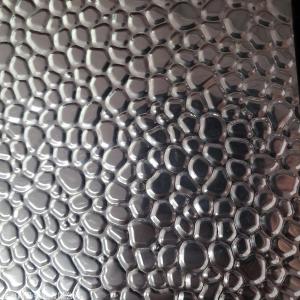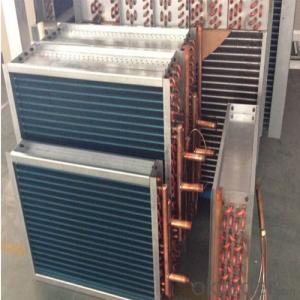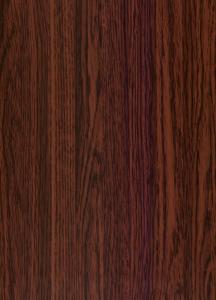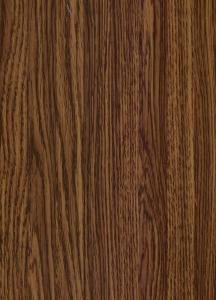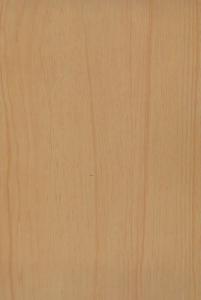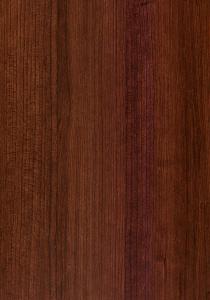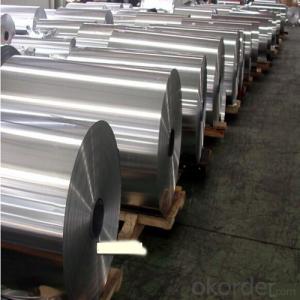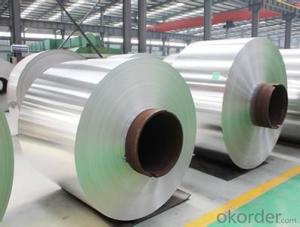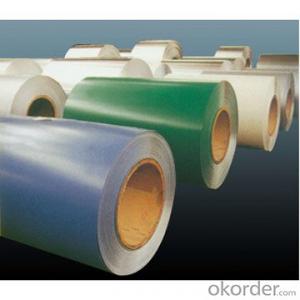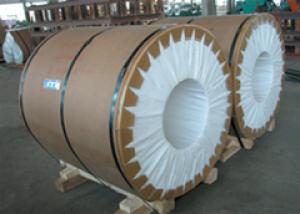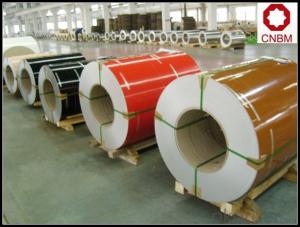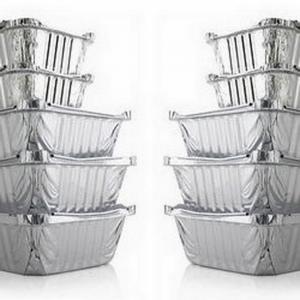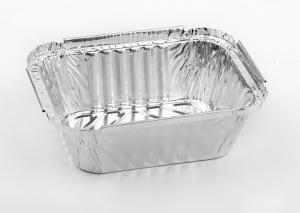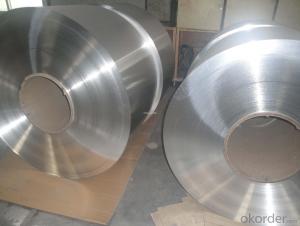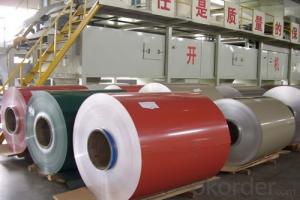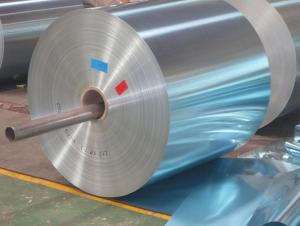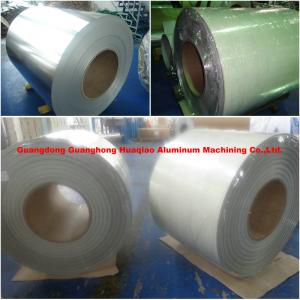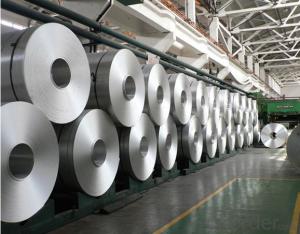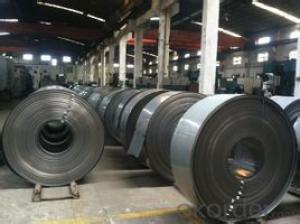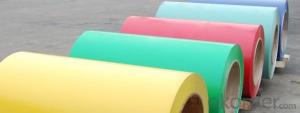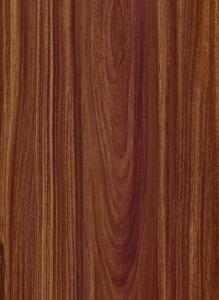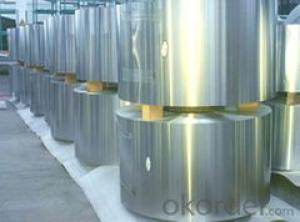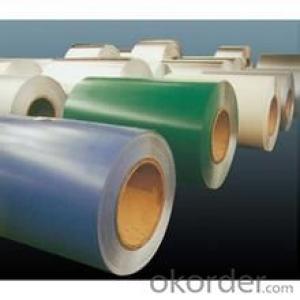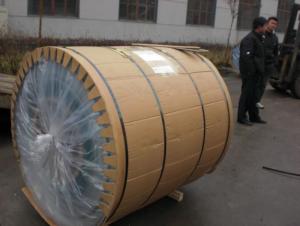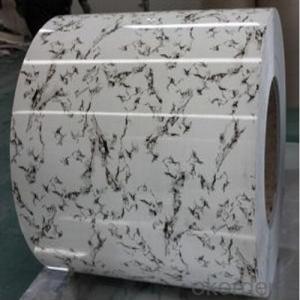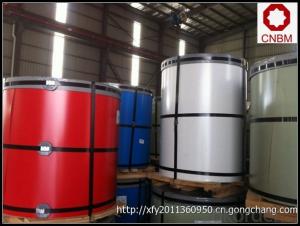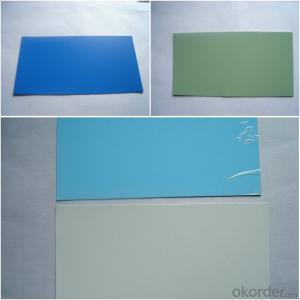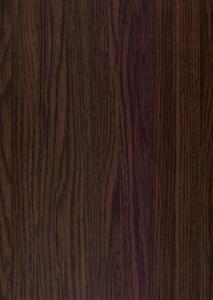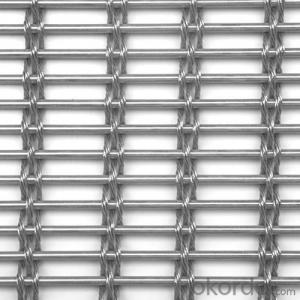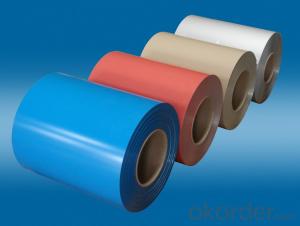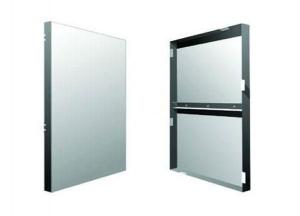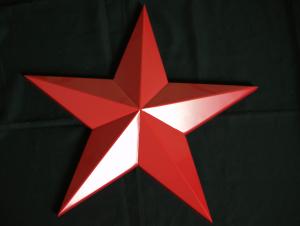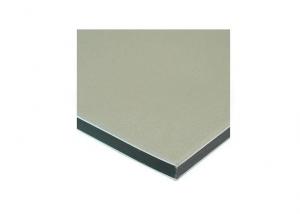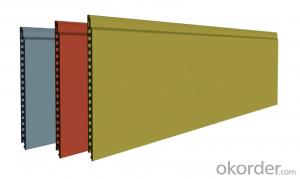Aluminum Condenser Coil
Aluminum Condenser Coil Related Searches
Brazing Aluminum Condenser Coil Anodized Aluminum Coil Aluminum Copper Coil Aluminum Ac Coil Aluminum Evaporator Coil Copper Aluminum Coil Aluminum Alloy Coil Aluminum Tubing Coil Air Conditioner Aluminum Coil Aluminum Coil Pipe Aluminum Siding Coil Powder Coated Aluminum Coil Aluminum Wire Coil Embossed Aluminum Coil Polished Aluminum Coil Aluminum Tube Coil Brushed Aluminum Coil Aluminum A Coil Colored Aluminum Coil Coil Aluminum Aluminum Fin Coil Copper Colored Aluminum Coil Color Coated Aluminum Coil Aluminum Strapping Coil Brazing Aluminum Coil Aluminum Gutter Coil Aluminum Fascia Coil Coil Of Aluminum China Aluminum Coil Wholesale Aluminum CoilAluminum Condenser Coil Supplier & Manufacturer from China
Aluminum Condenser Coil is a type of heat exchanger that utilizes aluminum as the primary material for its construction, offering excellent thermal conductivity and corrosion resistance. These coils are designed to efficiently transfer heat between fluids, making them ideal for various industrial and commercial applications. They are commonly used in air conditioning systems, refrigeration units, and heat pumps, where their lightweight and high-performance characteristics provide significant advantages over traditional copper-based coils.The usage scenarios for Aluminum Condenser Coils are vast, as they are employed in a wide range of industries. They are particularly popular in the HVAC sector, where they help maintain comfortable temperatures in residential, commercial, and industrial settings. Additionally, their application extends to marine environments, where their resistance to saltwater corrosion is highly beneficial. In the food and beverage industry, these coils are used in refrigeration systems to preserve the freshness and quality of products. The versatility of Aluminum Condenser Coils makes them a popular choice for various applications where efficient heat transfer is required.
Okorder.com is a leading wholesale supplier of Aluminum Condenser Coils, boasting a large inventory that caters to the diverse needs of customers across different industries. With a commitment to quality and customer satisfaction, Okorder.com ensures that their products meet the highest standards. By offering a wide range of sizes and configurations, Okorder.com enables customers to find the perfect Aluminum Condenser Coil for their specific application, ensuring optimal performance and efficiency.
Hot Products
